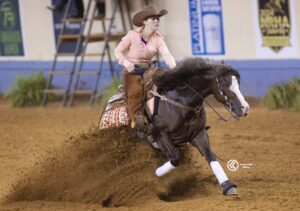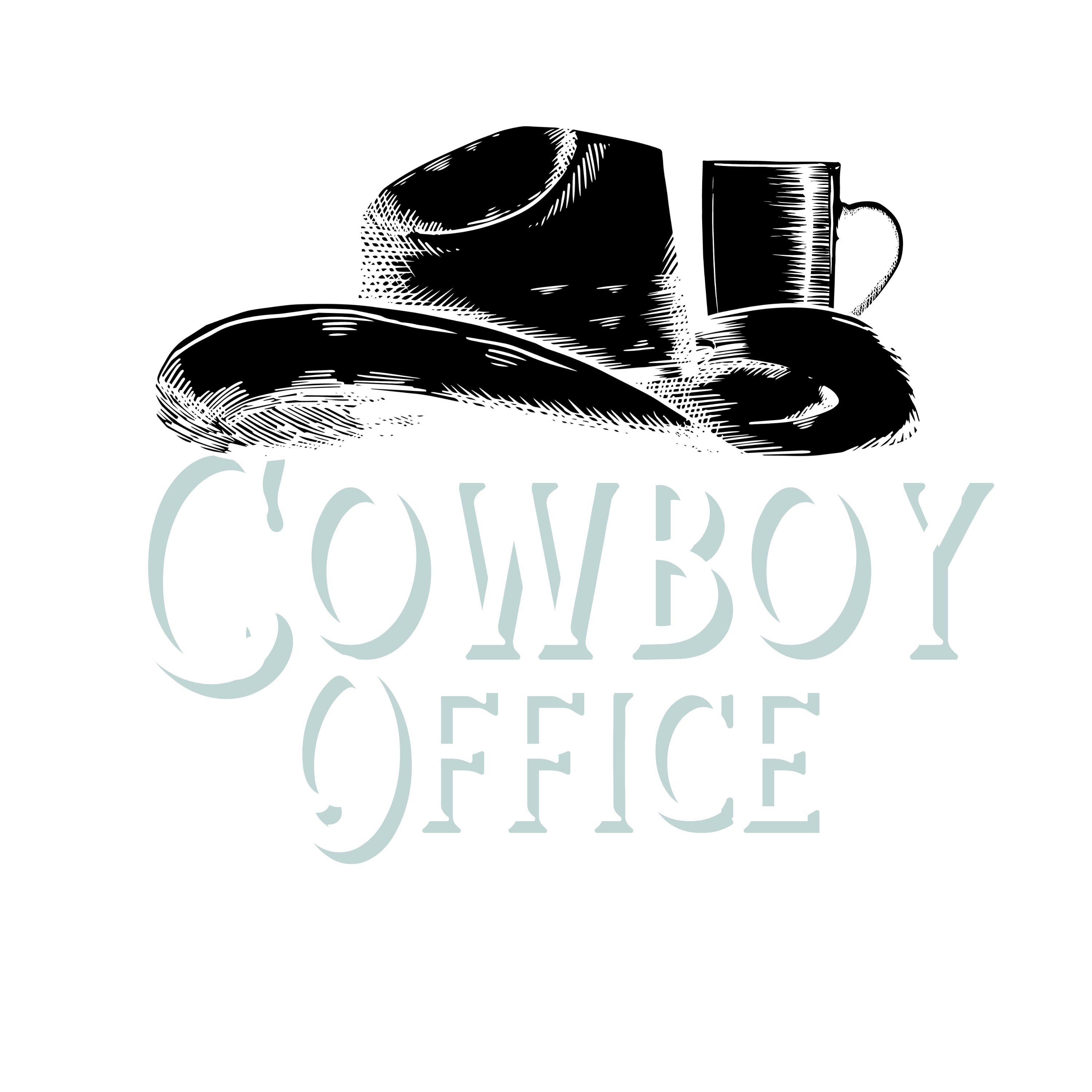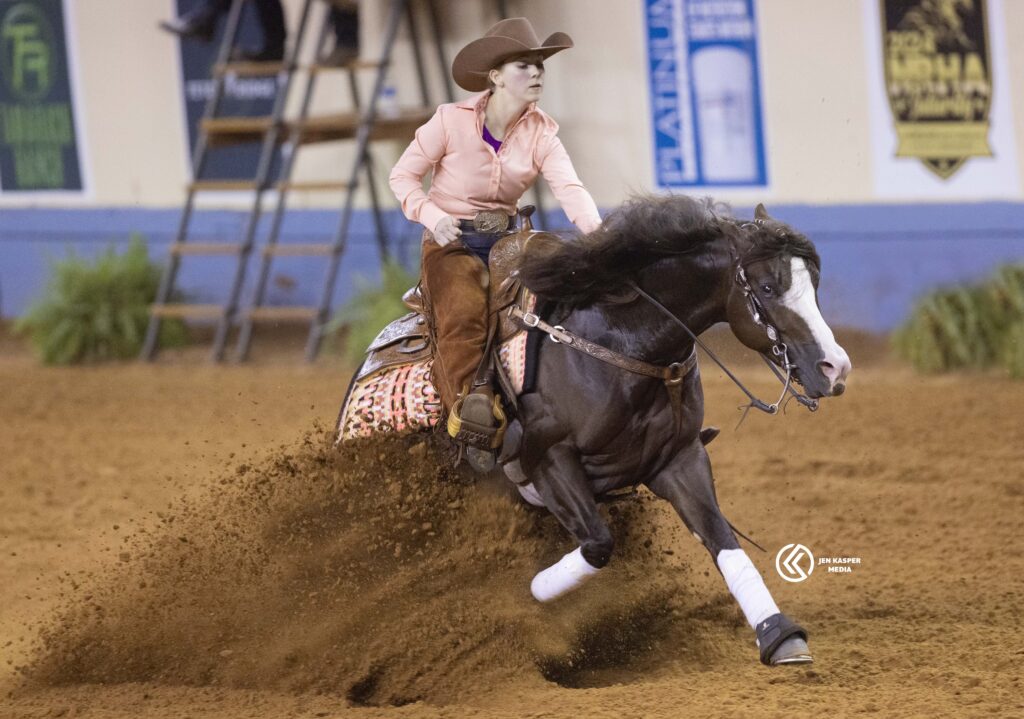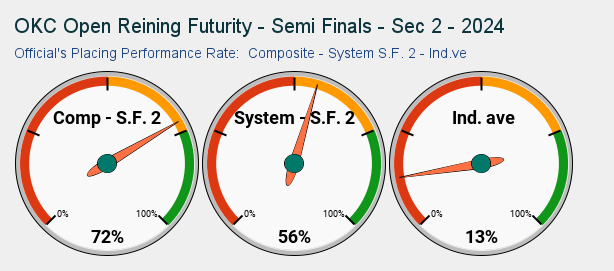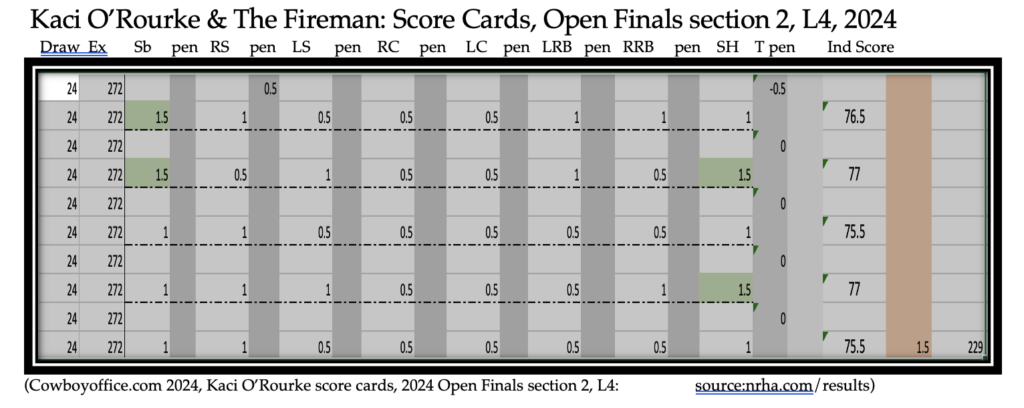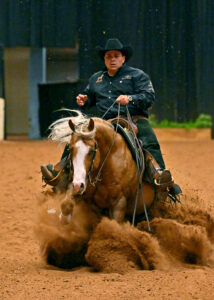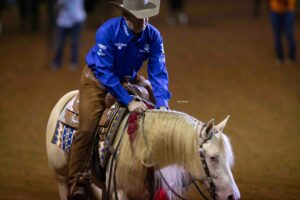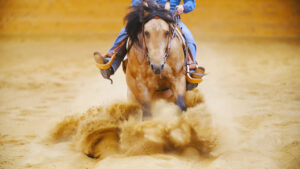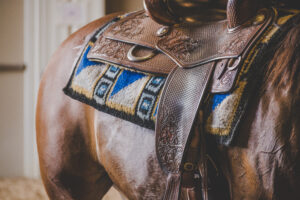Open Reining Futurity 2024
Metrics of Officiating:
The 2024 Open Reining Futurity is crowned and etched in the record books.
Kaci O’Rourke, the first woman to win the NRHA Open Reining Futurity. A historical milestone indeed. Kaci O’Rourke was a riding a 3 yr. old stud colt named The Fireman, Sired by Inferno Sixty-Six and Out of Redhot Walla. This colt was bred by Tamarack Ranch and foaled in 2021.
There is no debate this year—Kaci O’Rourke dominated the competition with her mount at peak performance in the finals. This is the highest level and highest demand that the sport of reining has to offer. Kaci and The Fireman climaxed in the finals as the scores reflected higher than all others. The rewards reflect their hard work as Kaci, The Fireman and owners, Peter and Courtney Morgan from Florida received $420,000 for the victory as they won the Level 3 & Level 4 Open Futurity.
What is the best way to analyze competition and identify how the competition is placed?
Was the winner scored properly and did the prize purse get distributed appropriately to all the hard-working owners, riders and horses on this journey?
Every year these questions circle around the industry. There is no doubt that Kaci and The Fireman outperformed the rest of them. This year the conversation is not about who won, but how 2nd through 29 was placed. Rightly so, 2nd through 10th pays out over $748,000 of purse money.
HOW ACCURATE IS REINING SCORING
How do we analyze the outcome of such a dynamic, quality of control, differentiating sport? Most of it comes from our individual viewpoint and some of it comes from what others have to say. The answer is we do not analyze the true performance of our sport. We only have the score the athlete receives from the officials.
The real question is: ‘How accurate is the score?’ For instance, if a rider scores a 72.5 and a 219, the industry knows what the score means, but how accurate are those scores? Should the score have been a 73 or 72? Or is the 72.5 most accurate?
HOW TO ANALYZE THE TRUE ACCURACY OF THE SPORT OF REINING
We don’t measure accuracy, but we should. In full respect to all the owners, breeders and professional riders and now the incoming audience, we need to be able to develop, manage and predict the performance of the officiating for the sport. Officiating should be done at an excellent level. The thrill of victory and the agony of defeat should remain in the saddle of the competitor and not the chair of the official.
Measuring officiating accuracy is possible, but it requires knowing where to look, which metrics to analyze, and ensuring a large enough sample size to make the analysis valid. Does any regulatory, organization or licensing group know how to do this? No.
